10 Ways to Take Great Pictures at Night
Yes, it's possible to take great pictures at night—even if you don't have professional gear.
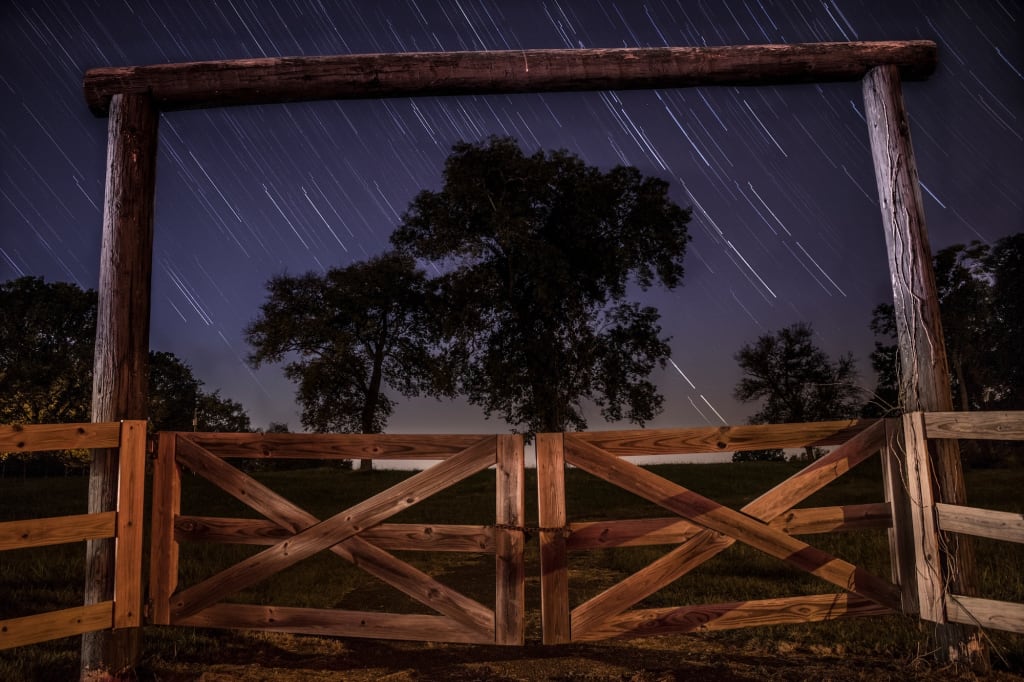
Nighttime is my time.
It's when I come alive. It's when I can go out at night without worry that my aversion to the sun and the people that walk in it will force me back into my home. It's a time when party animals come out to play, where peoples' personalities seem to blossom, and most importantly, when the world just seems to glitter a little bit more beautifully under the glow of thousands of twinkling lights.
For a night owl like myself, few things are as heartbreaking as not being able to take photos that reflect the beauty I see at my favorite time of the day. Thankfully, I've learned to take great pictures at night using my camera—and when the mood strikes me, I go for it.
Want to learn how to make nighttime a friend of your photos? Here are my biggest tips.
If you have a DSLR or an iPhone, get manual with it.
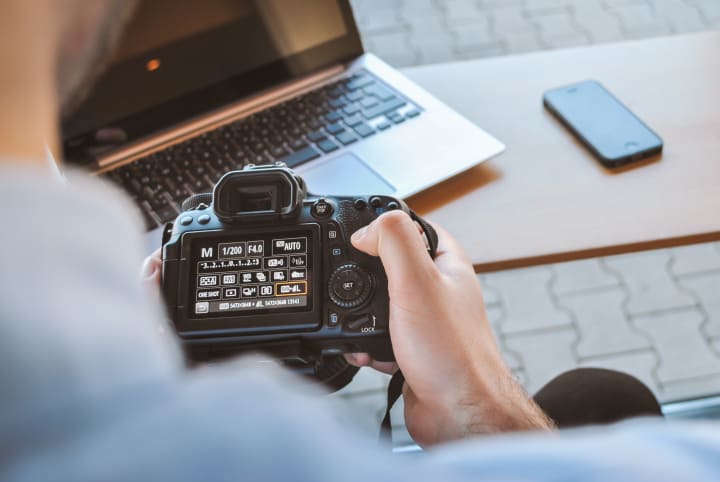
Most cameras are geared towards daytime photography, and that's great for daylight photos. Nighttime shots, though, will force you to manually adjust your camera's settings if you want a decent shot.
If you're shooting something bright at night, like a building, you can experiment with lowering your ISO to between 50 and 400 to have less noise in your photos. However, most photographers, particularly beginners and intermediate learners, will opt for ISO 1600 for night shooting. While this can create more noise in your photo, it's a good starting point, and noise can be reduced in post-production editing.
You also will need your aperture setting above f/5.6. Usually, setting a larger aperture is the norm—unless you're doing landscape photography. That said, cityscapes tend to work better around f/11 because of the difference in depth.
These little adjustments make all the difference in how your camera reacts to darkness, and will immediately open up an entire new world of photography. Also, if your camera has a mirror lockup function, you should turn it on.
This step is not negotiable; you need to do this if you can't seem to figure out how to take amazing photos at night.
A lot of people love to get long exposure shots at night, and it's easy to understand why. The star trails and fading light seem to paint a story all their own, and even galleries are starting to get in on the long exposure trend.
Getting those beautiful landscape photos starts with a sturdy tripod and a slow shutter speed. The slower the speed, the more pronounced the trails will be. Usually, 10 seconds is enough to get some really pretty streaming lights on a busy street.
This video above will show you how to set your camera up for a long exposure night shot.
If you want high drama, don't be afraid of black and white.
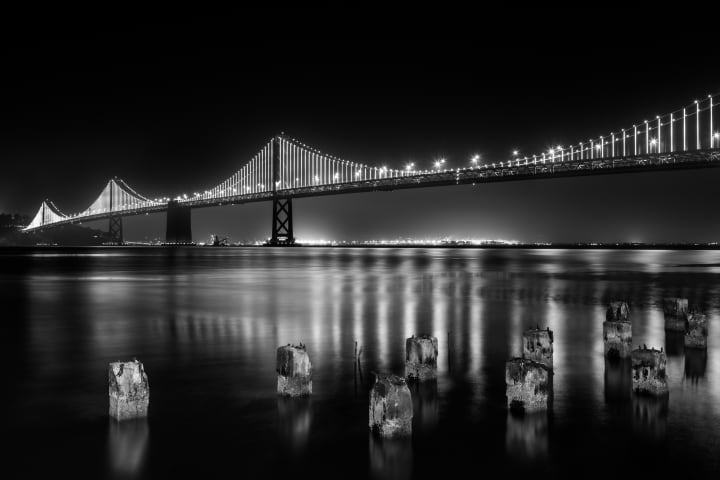
When most people think about being able to take great pictures at night, they think of color spectrums. They want to capture all the colors of the New York City skyline or of a local highway. You can absolutely do that, sure, but it's a little bit overdone, don't you think?
To kick drama up a notch, switch over to black and white. The greyscale brings out minor details of your photograph, and adds a new level of emotion to otherwise normal shots. This is an especially interesting technique if you're thinking about how to shoot portraits at night.
Nighttime in the city is the best time for artsy shots. It's also one of the easiest ways to get moody shots that involve urban living, high fashion, and an extra comfortable grittiness to your shot.
If you're working with a low quality camera and are unable to set your camera settings just so, my best advice would be to use street lighting to your advantage. The light from street lamps can add mood, and also help bring out details that would otherwise be missed.
Citykillerz shows you how it's done.
A lot of people who want to take great pictures at night don't have a DSLR or a fancy set of camera equipment. If you want to add a splash of color to your night shots, it's a good idea to seek out places where you can see neon lights.
The neon hues reflect on skin well, and also bathe the entire photo in an interesting tint. In this Citykillerz shot, neon lights end up acting as a backdrop for an extremely dramatic photo.
Another common way artists take great pictures at night is to use a flashlight to create patterns worth photographing. You can use flashlights, glowsticks, or any other source of light for this neat little trick.
The only thing that you need to be aware of, though, is that you will need to use the same elements you'd use in long exposure shots to get the "painting" to show through.
This video shows you how to paint light in a spiral, but really, you can try just about any design you can think of.
If you're using a phone, try to stick to well-lit areas.
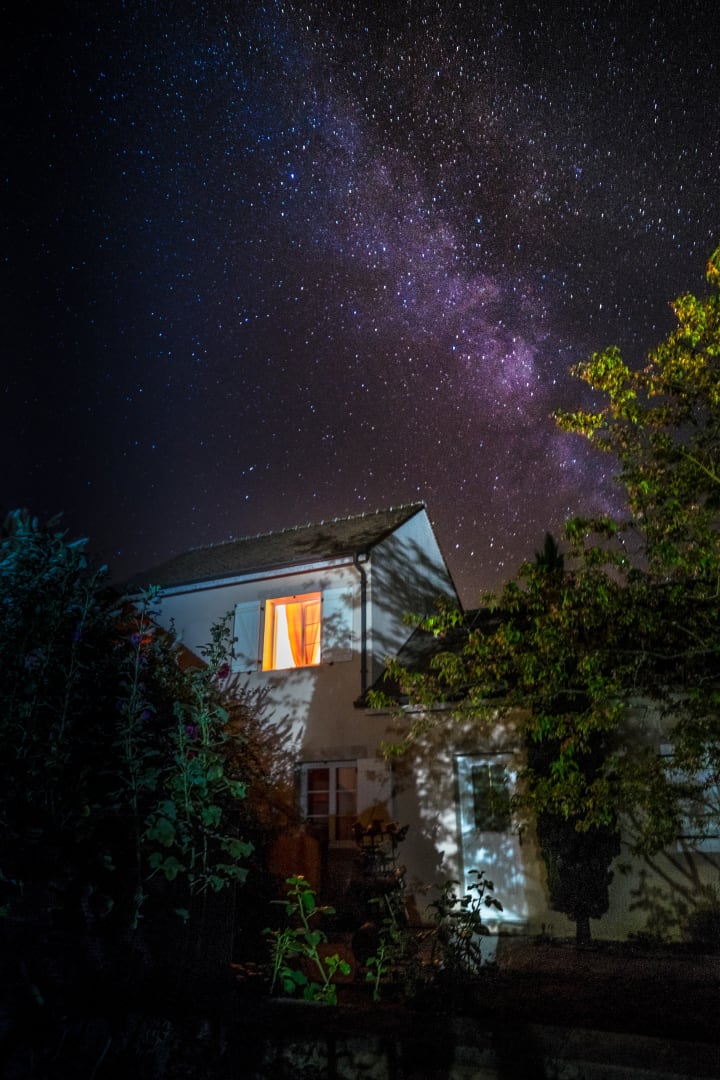
I want to say that DSLRs and cameraphones can shoot in equal lighting ranges, but that would be a lie. Cameraphones, even those iPhone X cameras, can only go so far when it comes to nighttime photography.
Smartphones are good, yes, but they are not as great as they could be. Many shots that would be crisp and clear due to a DSLR's shutter speed or other customizable settings just look like a blacked out mess on your phone. Shooting in well-lit areas will prevent this.
Grainy photos are not pretty photos. They look amateurish and take away from the shot you could have had. Most of the time, this means that you need to change the settings on your camera—or that you're using a smartphone camera that is just not built for it.
Believe it or not, there are apps for fussy cameras out there. Cortex Cam, for instance, blends multiple exposures together to create a sharper, grain-free images at night.
Sunrise and sunset are usually the best times to shoot.
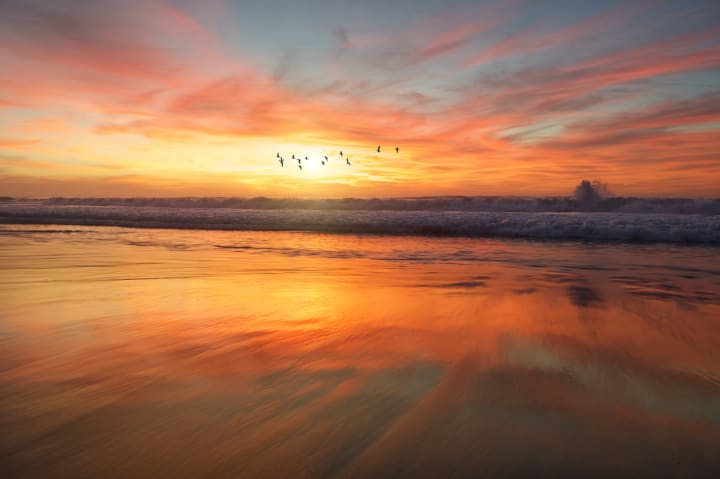
The sun can still provide a decent amount of lighting, even when it's getting close to dusk. It paints the sky a nice array of different colors, and also adds texture to the night sky.
Photographers who want to add amazing, natural color to their work should try to time their shoots at both dusk and dawn. It's the easiest way to make sure that the sky will look amazing, especially if you're going for long exposure photography that is either coming out of or going into nighttime.
Don't be afraid to touch up your shots.
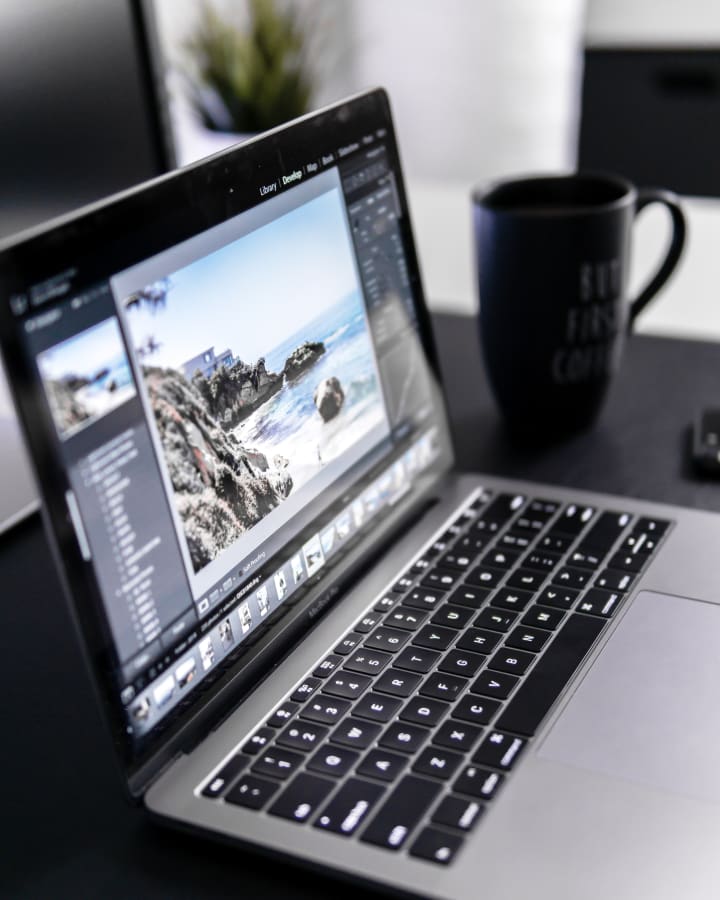
Just like with any other form of photography, taking the shot only counts for a small sliver of what you will be able to see. You will need to use editing software if you want to bring out the colors you want to see, or pursue the easiest ways to professionally edit your photos.
There's nothing to be disappointed about here. It's just the modern way people take great pictures at night... or during the day, however you prefer, really.
About the Creator
Mackenzie Z. Kennedy
Socialite and dating guru Mackenzie Kennedy knows all about the inner workings of people and society as a whole. It's not only her lifestyle - it's her passion. She lives in Hoboken with her pet dogs, Cassie and Callie.


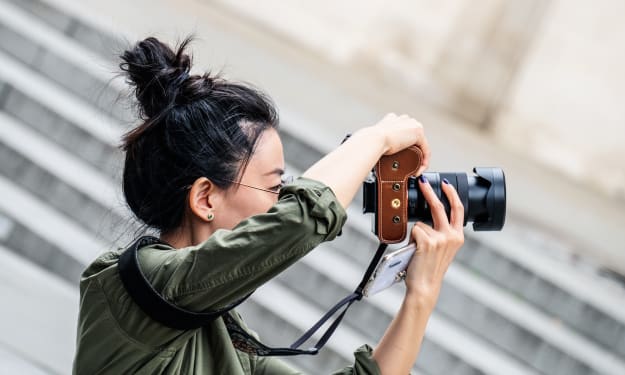



Comments
There are no comments for this story
Be the first to respond and start the conversation.